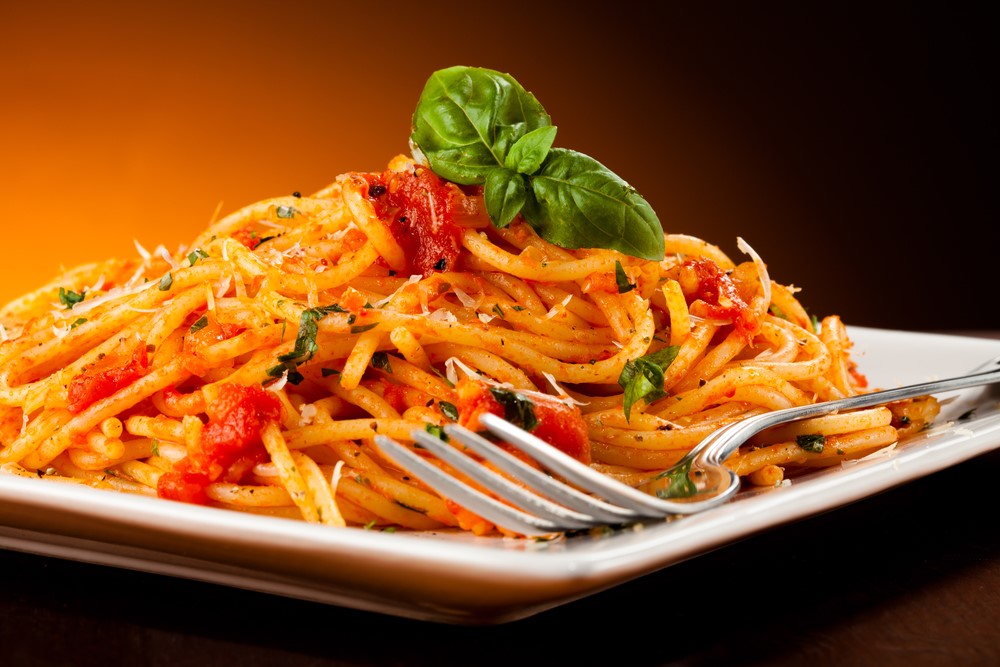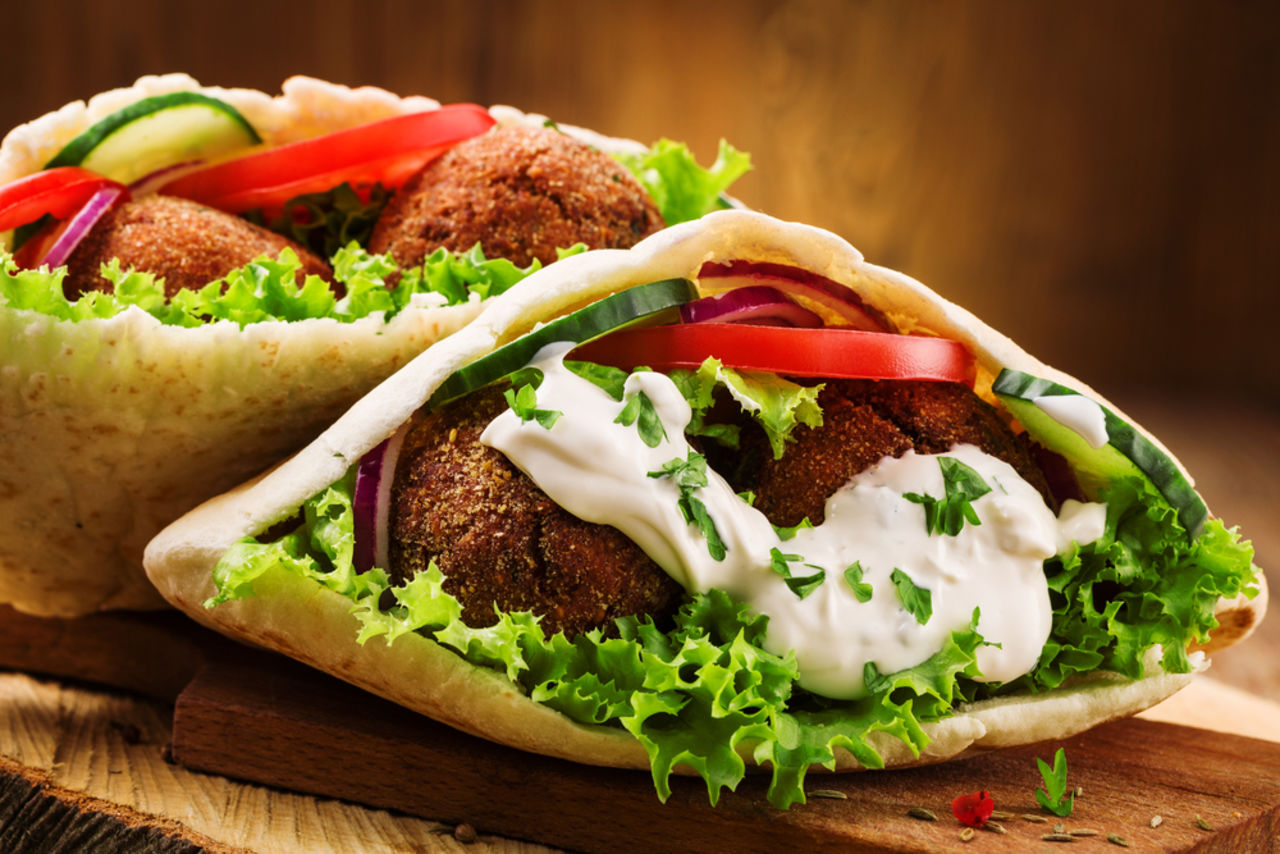- Home
- Blog
- Healthy Eating for Wellness
- 3 ways to cope with a vegetarian in a meat-eating house
3 ways to cope with a vegetarian in a meat-eating house
Written by
on Wednesday, 01 June 2016.
Tagged: health, healthy eating, healthy lifestyle, meat, meatless, nutrition, vegetables, vegetarian

Cooking two dinners each night? I’ll show you how to simplify your dinner preparations and prepare meals that will please both the vegetarians and the meat-eaters in your family! What’s more, it will improve everyone’s nutrition.
When your teen daughter or son suddenly announces that they’ve become vegetarian and everyone else in the house is happy eating fish, meat and chicken, how do you cope? And how do you ensure they get a balanced intake for growth? Or maybe you have vegetarian friends coming around for dinner and are not sure what to cook?
1. Think differently - primp your meals
Shift your meal planning from ‘meat plus vegetables’ to thinking of ‘vegetables plus a little meat’.
More vegies, less meat will improve the whole family’s nutrition as most males overdo red meat, even though it’s great for protein, iron, zinc, B vitamins and omega-3 fatty acids (if grass fed). And this means you’re likely to get the recommended five serves of vegetables each day.
The best way to cope is to cook the meat simply by grilling or baking but really ‘dress up’ the vegetables. This means turning a side dish accompaniment into a vegetarian main course.
Here are three easy and familiar examples:
A. Ratatouille
You could serve ratatouille vegetables with a layered potato and cheese casserole to your vegetarian, then add grilled fish or lamb cutlets for everyone else.
B. Lasagne
A typical vegetarian lasagne can be a complete balanced vegetarian dinner (thanks to its combination of lentils, pasta sheets and ricotta or melted cheese) but it can also double as a side dish to barbecued steak or a chicken breast for meat-lovers.
C. Double-duty Pasta Sauce
Make a pasta sauce by sauteing onions, mushrooms, eggplant chunks, sliced zucchini and grated carrots with garlic, chilli, a little chopped ginger and a pinch or two of dried oregano and basil in some good quality olive oil. When slightly caramelised and the onions are translucent, add a large can of chopped tomatoes and a tablespoon of tomato paste. Add a cup and a half of vegetable stock and simmer for 10 - 15 minutes. This sauce can then be used as a base for both vegetarian and meat dishes. Split the sauce into two and add a can of chickpeas to one half and some browned mince to the other and then serve with your favourite pasta.

2. Cook international
Look at ethnic recipes for vegetarian inspiration. Indian cuisine with its lentil dahls and potato pea curries lends itself to interesting meatless meals (and they don’t have to be hot, just spicy). Asian vegetable noodle stir-fries (minus the chilli) can be cooked, one portion removed, then chicken strips tossed through at the end.
Here are four easy recipes to get your started:
A. Boston baked beans with toast
Cook up a big pot of these mixed beans and peas flavoured with tomato, onion and spices and you’ll find endless uses for it. Check out these versions:
B. Cheesey zucchini slice
I’m a fan of zucchini slice and always throw in a small cup of cooked rice or quinoa to thicken. This becomes the main for the vegetarian. Here are a couple of my favourite slice recipes:
C. Indian Potato and chick pea curry with steamed rice
Nothing beats a warming veg curry. I like these...
D. Mexican black bean and corn quesadillas (OR on soft tortilla) with salsa
Cook up these ...
- http://www.foodtolove.com.au/recipes/corn-and-kidney-bean-quesadillas-with-tomato-salsa-30019
- http://www.lifestylefood.com.au/recipes/16538/quesadilla-with-avocado-salsa (add the cooked chicken at the end for the meat-eaters)
- http://www.jamieoliver.com/recipes/pork-recipes/baleadas (delete the pork chorizo from the toppings or add for the meat-eaters only.)
- http://allrecipes.com/recipe/104850/black-bean-and-corn-quesadillas/

Here are 13 more meatless meal inspirations:
- Middle Eastern falafel with hummus, flatbread and a mixed leaf-tomato salad
- Vegetarian pizza with onion, eggplant, capsicum, mushrooms, fresh mozzarella and basil.
- Italian flat mushrooms filled with cannellini beans and pesto
- Tuscan vegetable and garbanzo bean soup
- Mexican soft tortillas topped with canned mashed kidney beans, grated cheese and salsa
- Nachos made with kidney beans, salsa and guacamole (skip the sour cream and grated cheese)
- Indian lentil mash with steamed rice or stir-fried vegetables
- Curried quinoa salad made with grey lentils or chick peas, grated carrot, mixed vegetables and craisins or currants
- Lentil, breadcrumb and fetta burgers or rissoles served on burger buns and tossed salad
- Pad Thai made with lots of vegetables and finished off with lime juice, bean shoots and peanuts
- Fried brown rice made with green peas, corn niblets, capsicum and eggs.
- Zoodles (zucchini noodles) tossed with cherry tomatoes, Parmesan, olive oil and lemon juice
- Scotch broth (vegetable and barley) hearty soup with grainy bread
3. Stock the substitutes
Keep two or three meat substitutes like soy burgers or sausages or Quorn rissoles in the freezer. If the family is going to a barbecue, grab one of these as a quick steak replacement.
Adding legumes, tofu or soy foods means your teen is getting most of those nutrients that are lacking in vegetarian diets - protein, iron and zinc. Teens also need to eat enough dairy food or calcium-fortified soy or almond drinks to ensure a good calcium intake (aim for 1,300mg a day), vital for strong bones and teeth. Check the label for added calcium.
The bottom line
Avoid the typical teen mistake - eating a plate of vegetables alone, say steamed carrots, broccoli, zucchini and green beans.
While amazingly healthy, vegetables on their own don’t make a balanced meal as they’re short on protein with virtually no fat or fat-soluble vitamins nor much bio-available calcium or iron.
When time is short, remember those throw-together meals like baked beans on toast or scrambled eggs with tomatoes or mushrooms. They provide protein and can be a filling meal-in-a-hurry.
Images courtesy of shutterstock.com
Downloads / Fact Sheets
You may also be interested in...
The Good Stuff
The Boring Stuff
© 2024 Foodwatch Australia. All rights reserved
Author photo by Kate Williams
Website by Joomstore eCommerce










